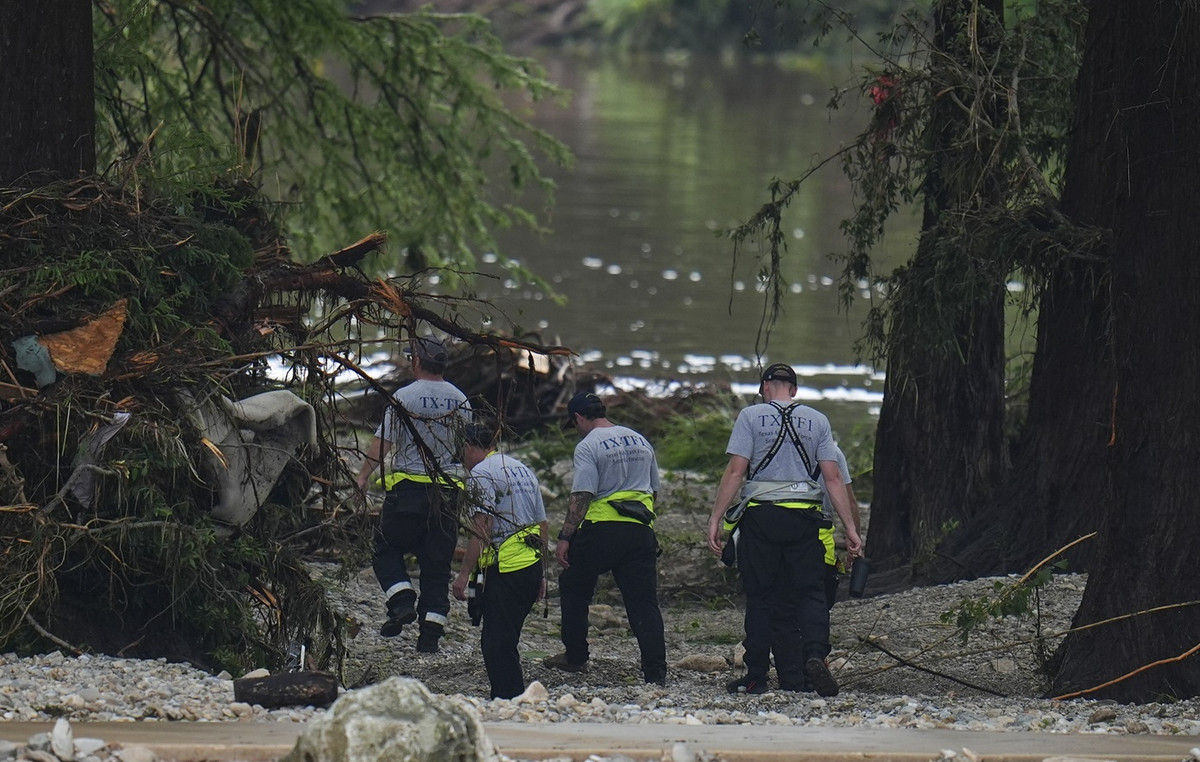Cupra Marittima, in Italy’s Marche region, is now a sleepy seaside town, but it was once a thriving and powerful outpost of the Roman Empire.
Close to the pristine beaches of the Adriatic coast are the ruins of the ancient temple of Cupra, where a new discovery has come to light. Last week, archaeologists recovered parts of the frescoed walls and ceiling of the 2,000-year-old temple, painted in shades of blue, yellow, red, black and green and decorated with flower garlands, images of chandeliers and tiny palm trees.
Finding ancient Roman temples with the interiors “still covered in paintings” is “extremely rare,” said archaeologist Marco Giglio, coordinator of the site’s research project and professor at the University of Naples L’Orientale.
“It is the first time that the ruins of a shrine painted with such a wide color palette in an incredibly well-preserved state – and with such rich and elaborate decorations – have been unearthed,” he said in a telephone interview, adding: “After we clean up and analyze all 100 fragments found and put them together, we hope it gives us a complete picture of what the temple looked like.”
Giglio hopes the discovery will shed new light on the engineering techniques used by the Romans. Studying the walls’ recurring decorative motifs can also help researchers better understand the city’s local economy.
“The chronology of the different styles and decorative elements can tell us a lot about the craft stores active at the time,” he said. “And the patterns and motifs can highlight whether it was the work of just one studio or more.”
unusual painting style

The Temple of Cupra, built in the early 1st century AD, was the spiritual center of a strategically and commercially important city that helped the Romans control the Adriatic coast and its maritime trade routes.
The excavation began in July and is being led by the University of Naples L’Oriental and the City Council of Cupra Marittima, which oversees the archaeological park where the ruins of the old town are situated.
Unusually, the newly discovered wall paintings appear to have been created in the so-called Third Pompeii (or “ornamental”) style typically used to decorate wealthy families in Pompeii and Rome, rather than religious structures, according to Giglio.

The ancient shrine is believed to have had a sky blue ceiling, while the lower part of the temple walls were painted yellow. Red, black and yellow squares were separated by images of chandeliers and garlands, with colored green bands running horizontally along the walls.
“Recovering intact old wall paintings like these is very rare. The painting is difficult to preserve over time due to moisture, and it is also very difficult to dig up properly during an excavation,” said Ilaria Benetti, archaeologist at the Superintendence of Archaeology, Fine Arts and Landscape of the provinces of Pisa and Livorno, in an interview by telephone.

“The incredible state of preservation and integrity of the frescoed parts, and the extremely rich color palette used – particularly the brilliant sky blue and rosy-red – stand out as quite exceptional when compared to the traditional red paint normally used in the ancient times. ancient, suggesting it was a luxurious sanctuary,” added Benetti, who specializes in frescoes but was not directly involved in the excavation.
Giglio added: “the sky blue color is very rare for ceilings, which leads us to believe that it was to indicate the celestial vault and that the sanctuary was built to honor a goddess.”

Although the temple shares a name with Cupra, an Etruscan goddess later incorporated into Roman religion, archaeologists have yet to determine which cult was associated with the sanctuary. A large statue of a goddess was likely kept in the main part for worshipers, Giglio said.
Over time, most of the temple was destroyed, although the podium and a staircase leading to the entrance survive. The rest of the sanctuary was reduced to a pile of fragments three feet below ground, where archaeologists began excavating in early summer.
The temple underwent several radical changes after its foundation, making it more difficult for Gilgio’s team to imagine what it originally looked like. In AD 127, Roman Emperor Hadrian financed a complete renovation of the sanctuary, as he feared the site might collapse due to structural damage from weather or natural disasters.

To reinforce the structure, Hadrian is believed to have carved the painted walls and covered them in marble. This process pulverized the original colored sections, but they were later used as a base for the new floors.
“That’s why the recovered fragments have been so well preserved, because their lifespan was really short, only about 100 years,” Giglio said, noting that this detail supports the idea that Roman builders recycled materials.
Hadrian then added nine-meter-tall columns with ornate capitals, semi-columns and lion-headed roof drippers, parts of which have already been found. He also built two brick arches that still flank the temple site.

According to Giglio, Hadrian’s pagan masterpiece was later smashed to pieces starting in the 7th century. The marbles and columns were torn down to be used as building materials, while in the late 19th century the temple walls were demolished to give way to an abandoned country house that still looms over the ruins of the sanctuary.
“Actually, the house was built incorporating part of the sanctuary’s walls, so we’re still trying to figure out whether it’s better to restore it or tear it down to recover the sanctuary in its entirety,” Giglio said.
With only a fifth of the temple site excavated so far, the archaeologist said his team had “just a taste” of what’s to come.
“Who knows what other decorations, patterns and elements might surface?” he said. “It would be great if what we dig up leads to an understanding of exactly how a construction site worked in ancient Roman times.”

Source: CNN Brasil
With 6 years of experience, I bring to the table captivating and informative writing in the world news category. My expertise covers a range of industries, including tourism, technology, forex and stocks. From brief social media posts to in-depth articles, I am dedicated to creating compelling content for various platforms.







